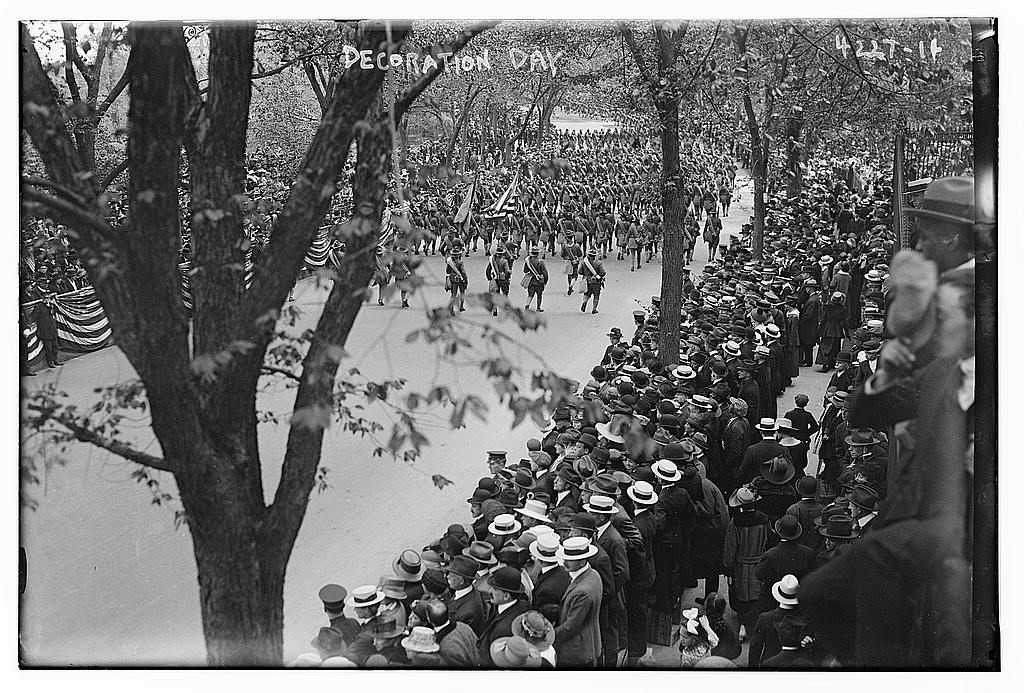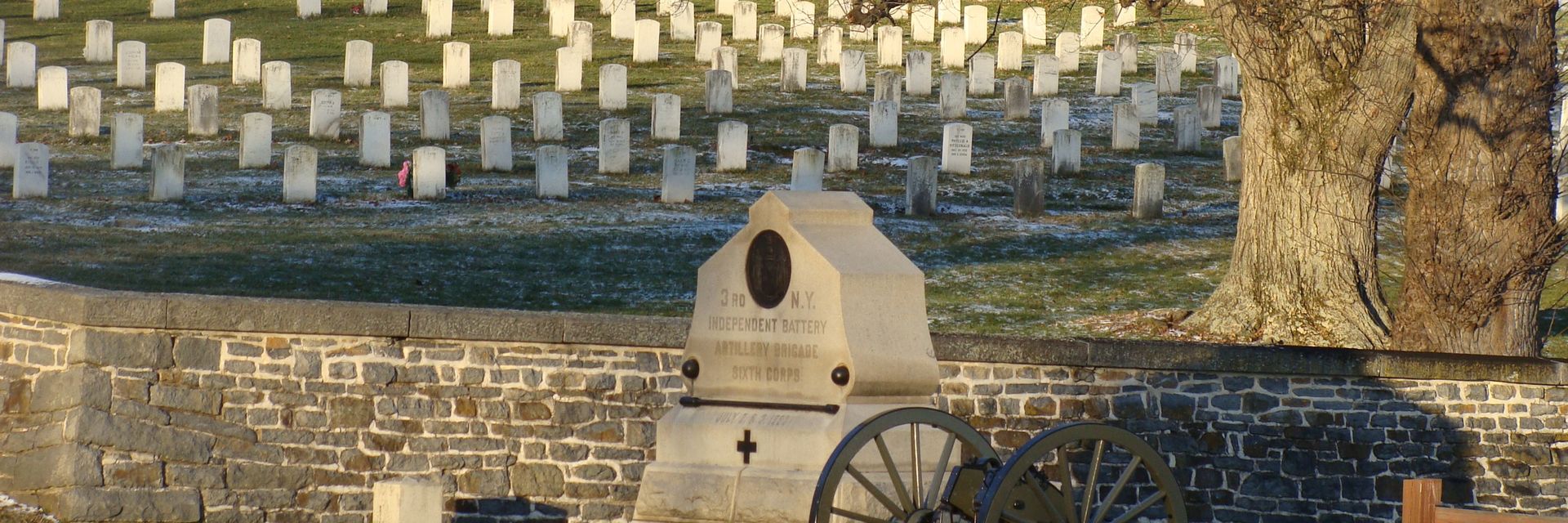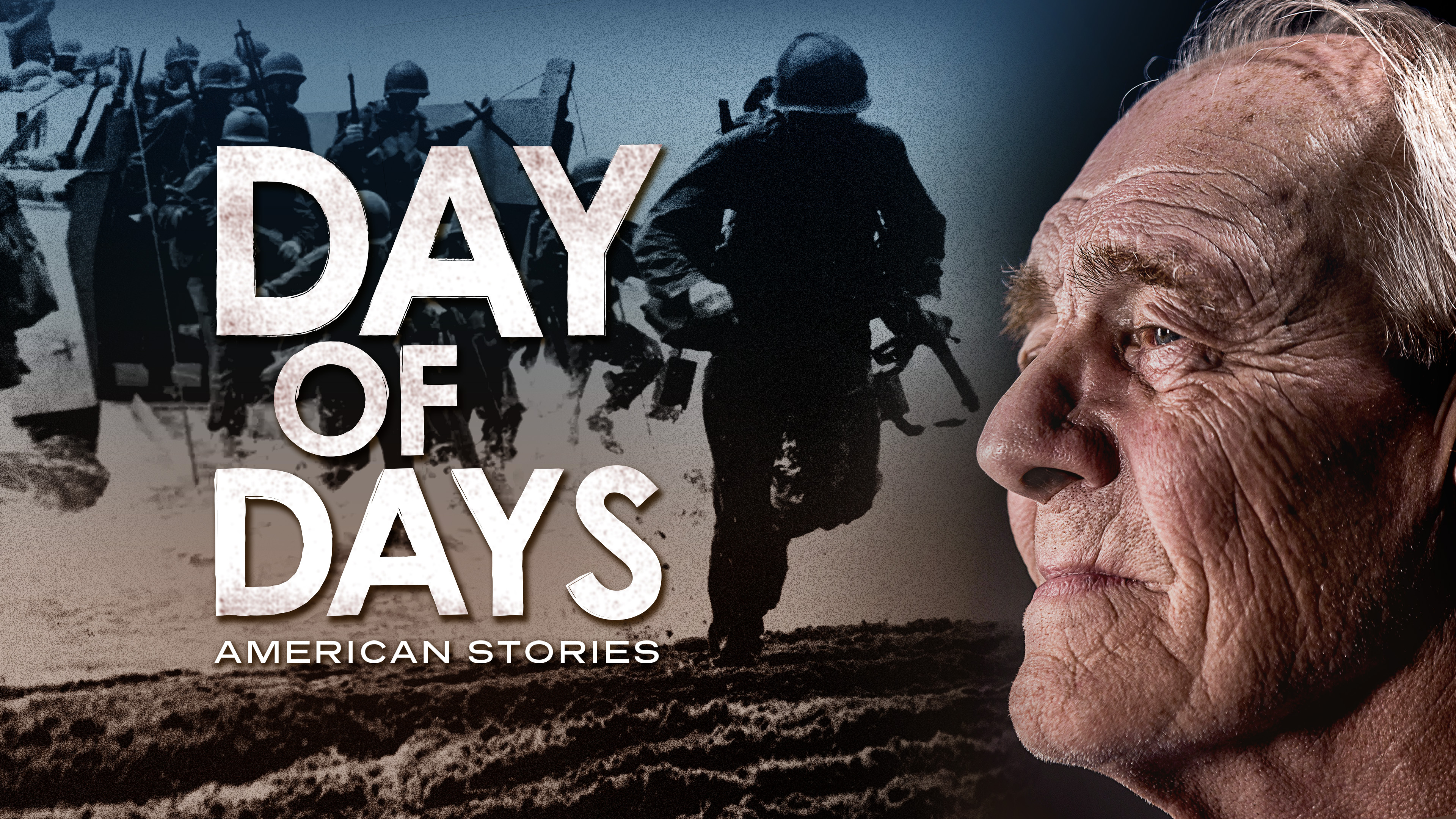Memorial Day was instituted after the U.S. Civil War as Decoration Day, evolving into a national holiday honoring all American military personnel who died in service.
◊
While many associate Memorial Day with the unofficial start of summer – marked by barbecues, parades, and family gatherings – its roots are deeply tied to the aftermath of the Civil War and the nation's collective mourning for its fallen soldiers.
The holiday's origins trace back to the days immediately following the end of the war, which was the deadliest conflict in American history, claiming the lives of an estimated 620,000 soldiers from both sides. Communities across the country, both in the North and South, began holding informal ceremonies to honor those who had died. These early observances often included decorating soldiers’ graves with flowers, a tradition that led to the original name of the holiday: Decoration Day.
Experience the harrowing story of World War II's D-Day in this splendid MagellanTV documentary.
Decoration Day Observances in the 1800s
One of the earliest known memorial commemorations took place on May 1, 1865, in Charleston, South Carolina. In what some historians describe as the first Memorial Day, a group of formerly enslaved African Americans organized a tribute at a Confederate prison camp where Union soldiers had died and been buried in mass graves. They reburied the bodies with care, held a procession of thousands, and sang hymns to honor the dead. Though this event is not well known, it was one of the most poignant early examples of Americans coming together to remember fallen soldiers.
The first widely recognized and organized Decoration Day occurred on May 30, 1868, following a proclamation by General John A. Logan, the head of a Union veterans organization called the Grand Army of the Republic. Logan called for a nationwide day of remembrance, asking Americans to decorate the graves of the Civil War dead with flowers. May 30 was chosen because it was believed no significant battle had occurred on that date, making it a neutral time for both Northern and Southern communities to commemorate their losses.
On that first official Decoration Day, a large ceremony was held at Arlington National Cemetery in Virginia. General Ulysses S. Grant, who would be elected president later that year, attended, and volunteers decorated the graves of over 20,000 Union and Confederate soldiers. The day quickly gained popularity, especially in Northern states. However, Southern states mostly chose to observe their own separate days of remembrance for Confederate soldiers. It wasn’t until after World War I, when the scope of the holiday expanded to honor all American military personnel who had died in any war, that the observance became more unified across the nation.
 Decoration Day parade, 1917 (Credit: George Grantham Bain Collection, Library of Congress, via Wikimedia Commons)
Decoration Day parade, 1917 (Credit: George Grantham Bain Collection, Library of Congress, via Wikimedia Commons)
Memorial Day as We Know It Today
In 1971, Memorial Day was declared a federal holiday and officially moved to the last Monday in May, providing Americans with a three-day weekend. This change, made under the Uniform Monday Holiday Act, aimed to encourage more public participation in memorial ceremonies and give families time to honor the legacy of service members.
Today, Memorial Day is marked by a mix of solemnity and celebration. Flags are placed on graves in national cemeteries, the president lays a wreath at the Tomb of the Unknown Soldier, and communities across the country hold parades and services. While it is a time for leisure and connection, it remains, at its core, a day of remembrance – an opportunity for Americans to pause and reflect on the sacrifices that have shaped their nation.
So, this year when we gather with friends and family to observe Memorial Day, let's take at least a few moments to reflect upon the cost of freedom and the enduring duty to honor those who gave their lives to preserve it.
Ω
Title Image: Gettysburg National Military Park, via Wikimedia Commons


